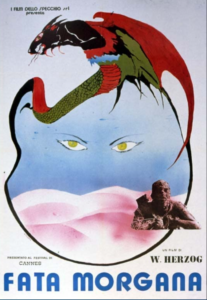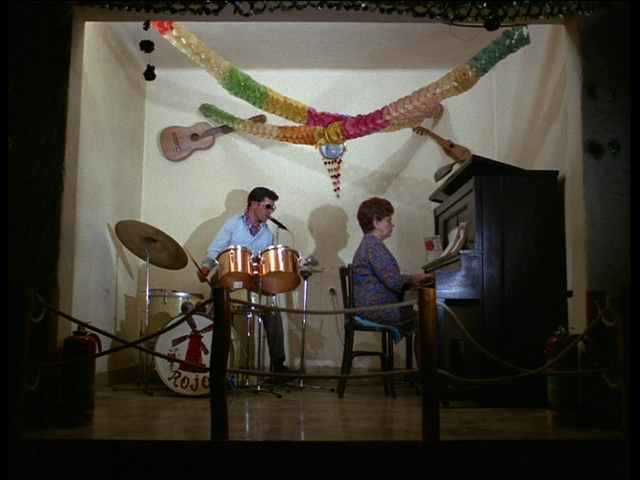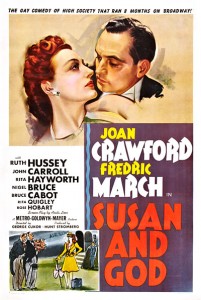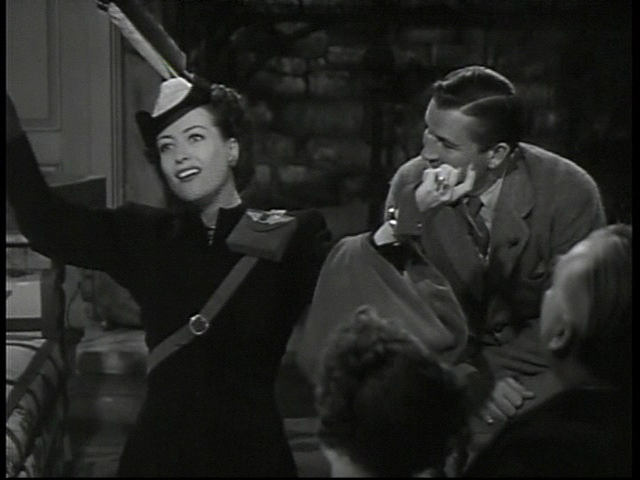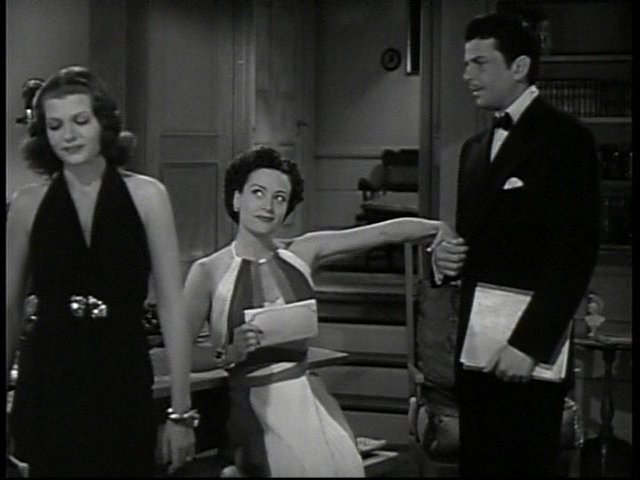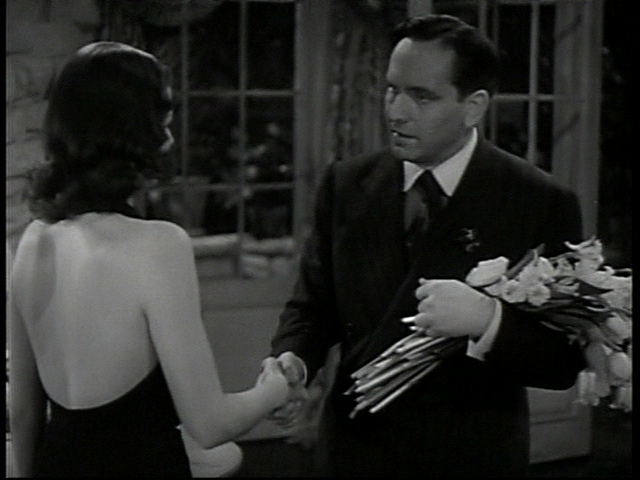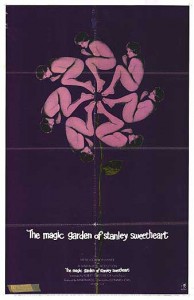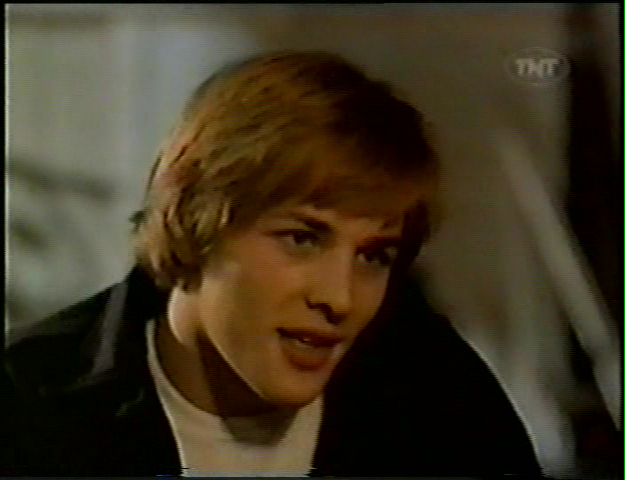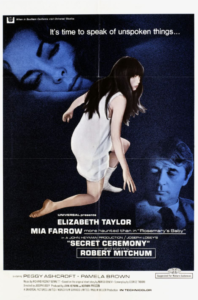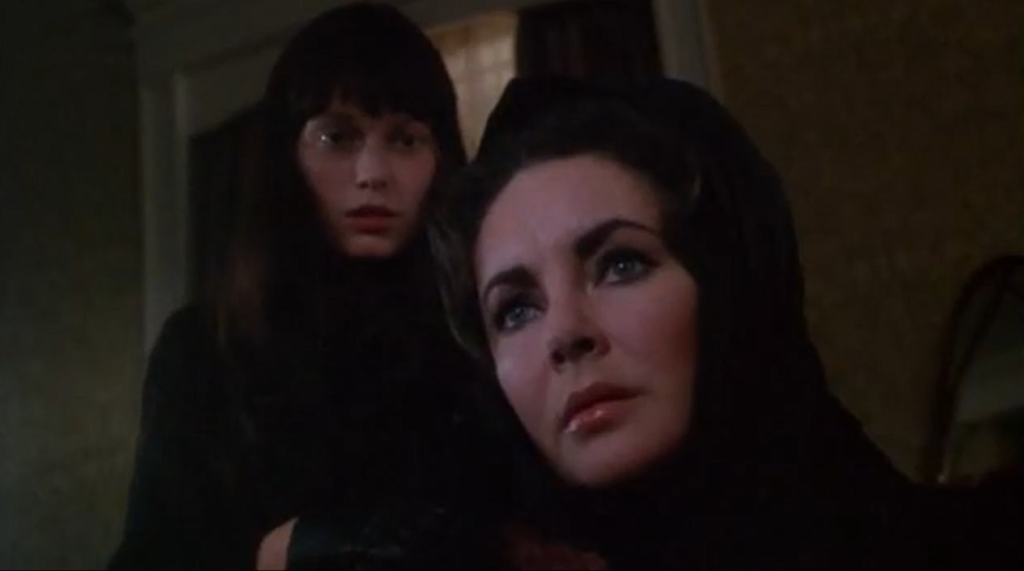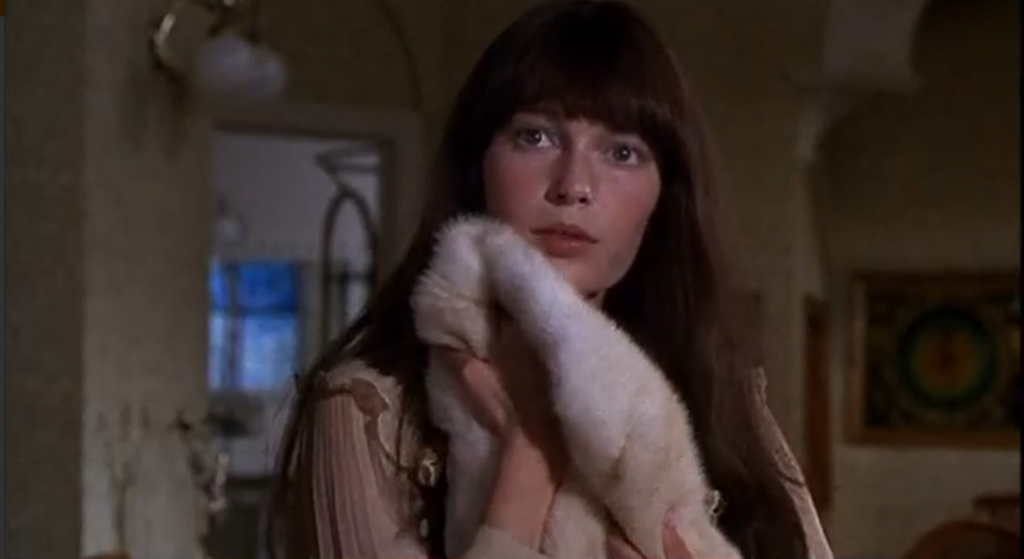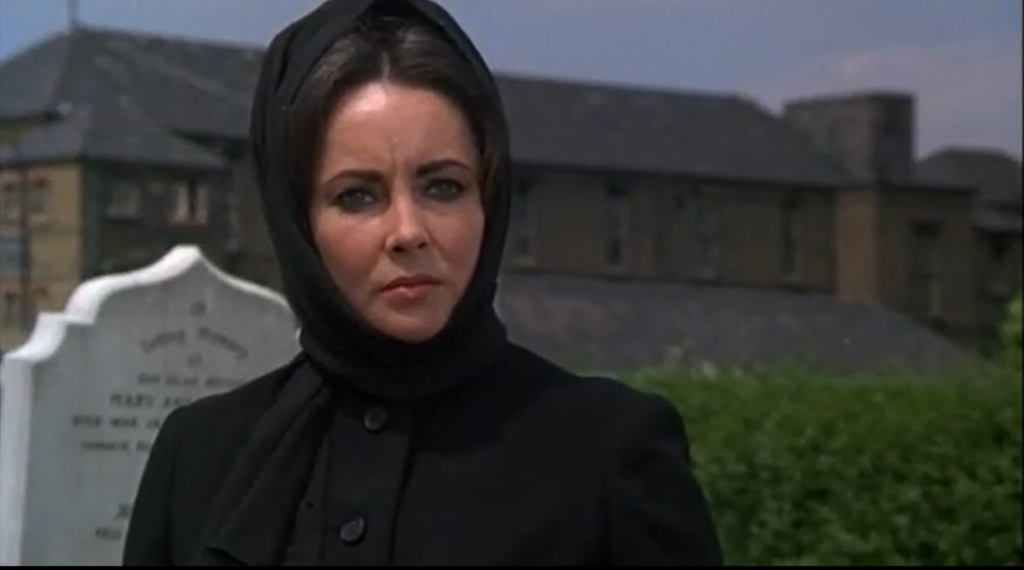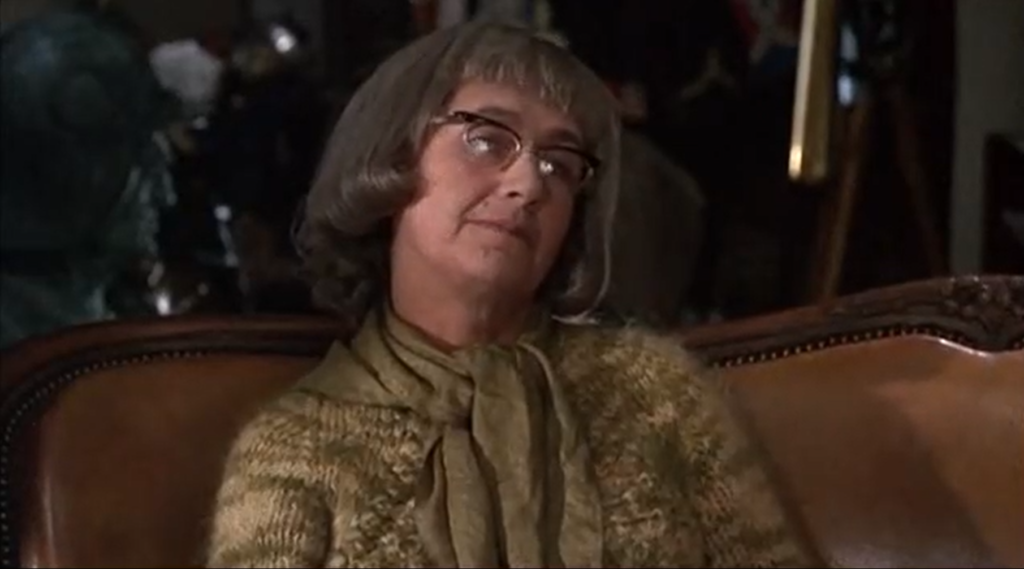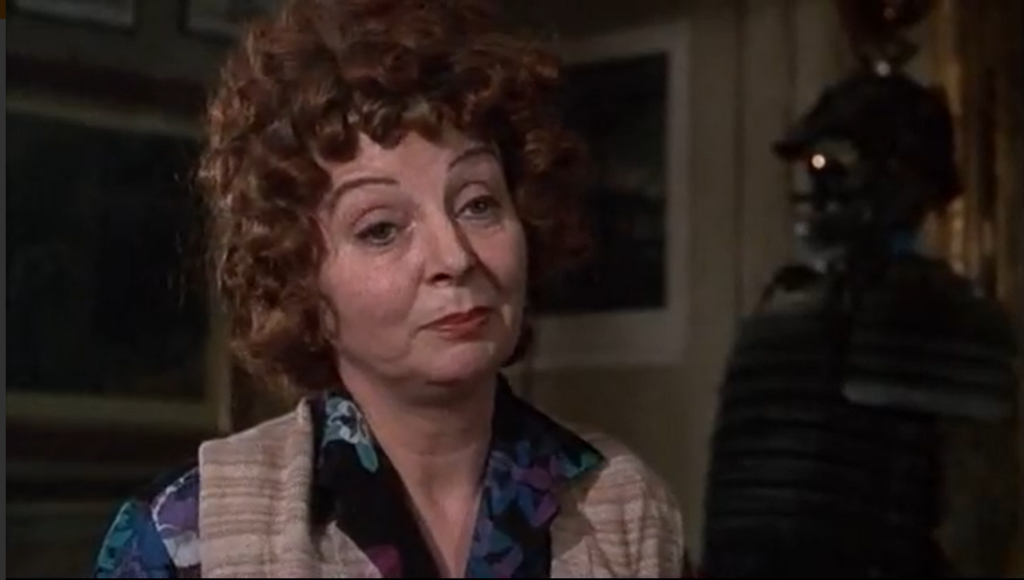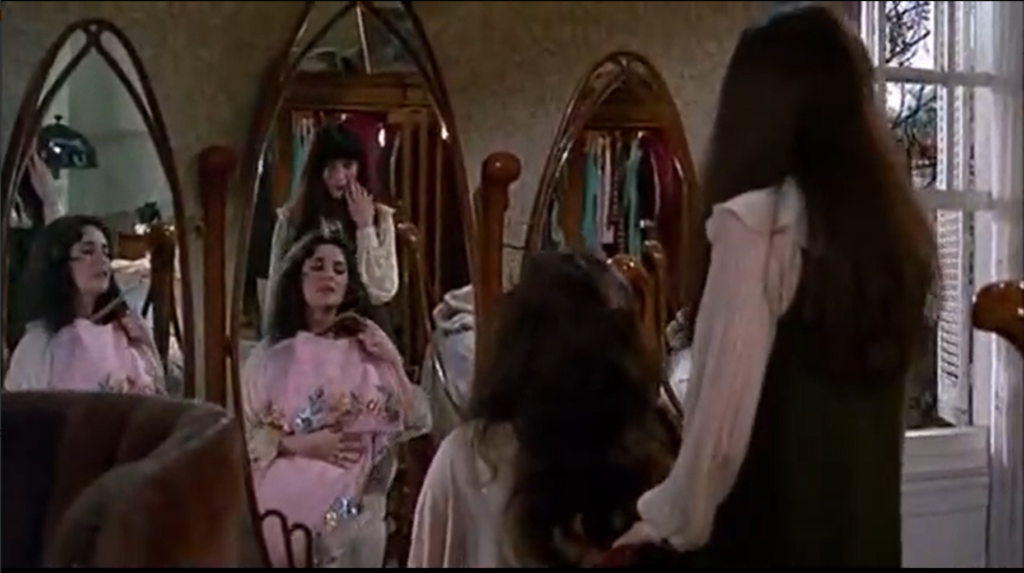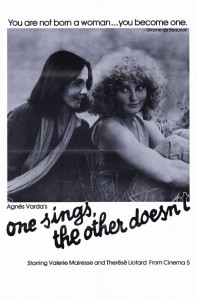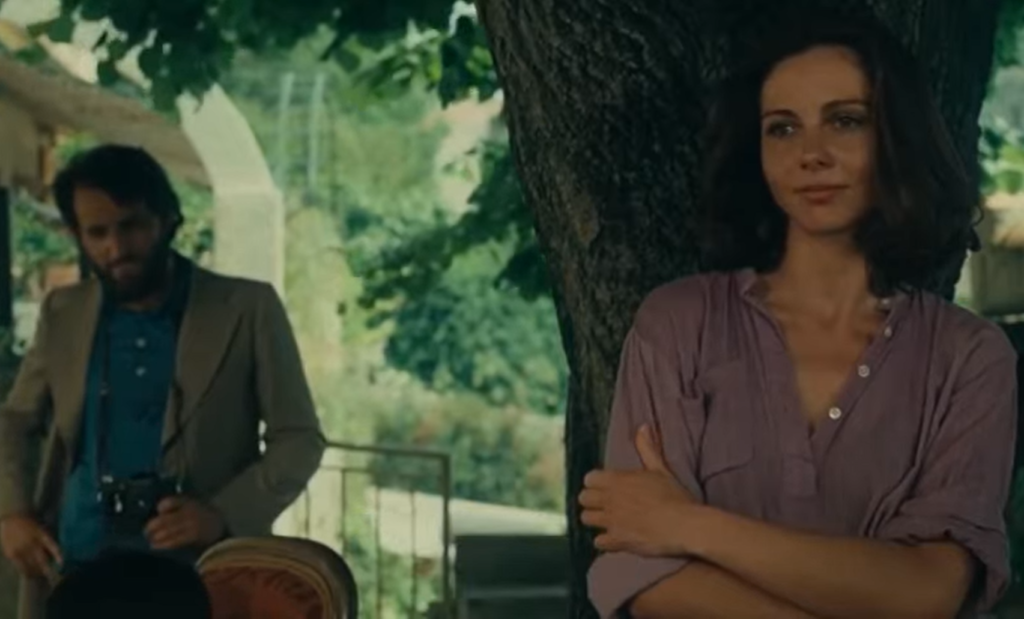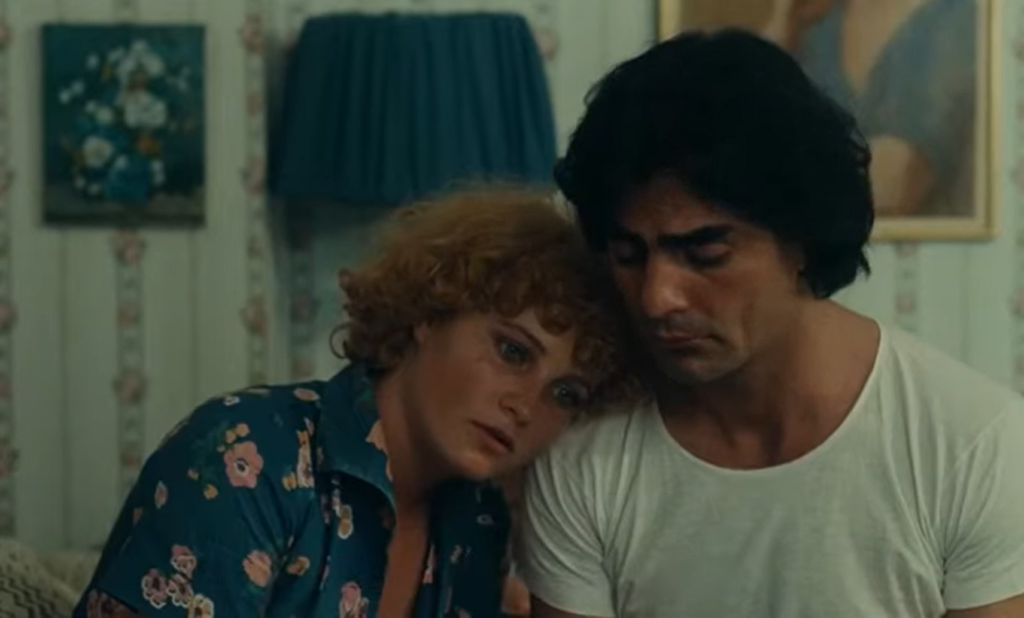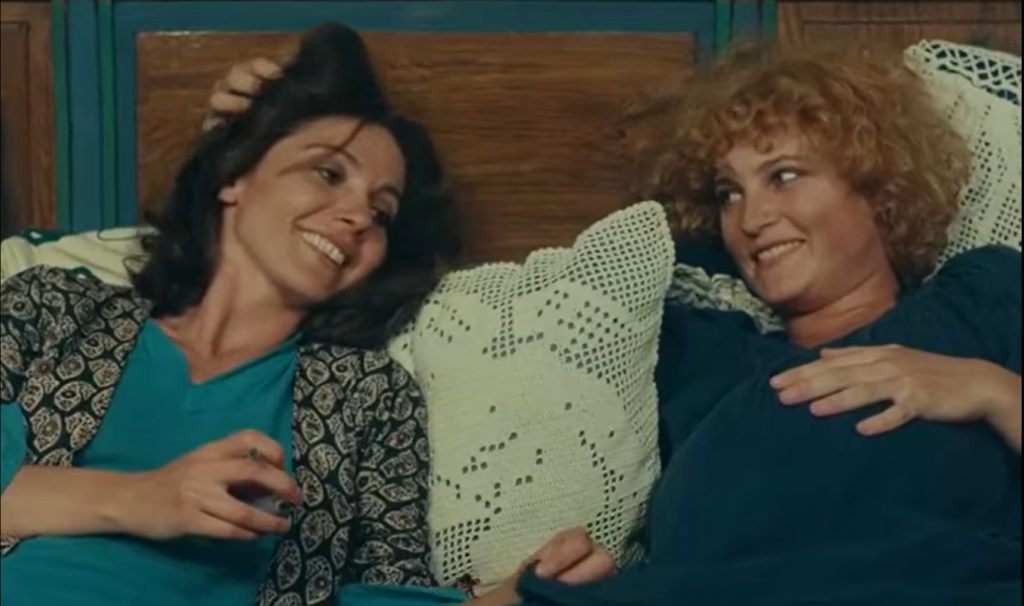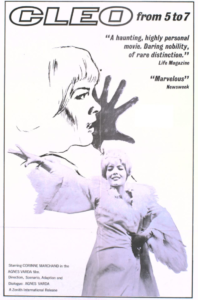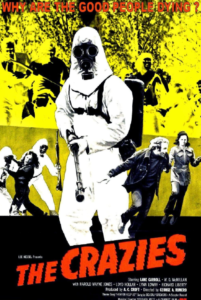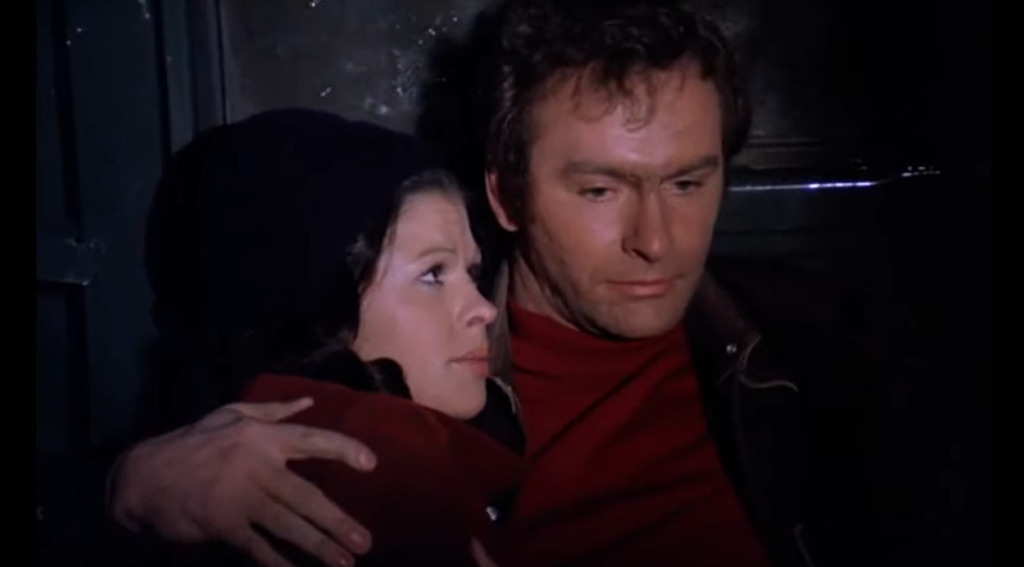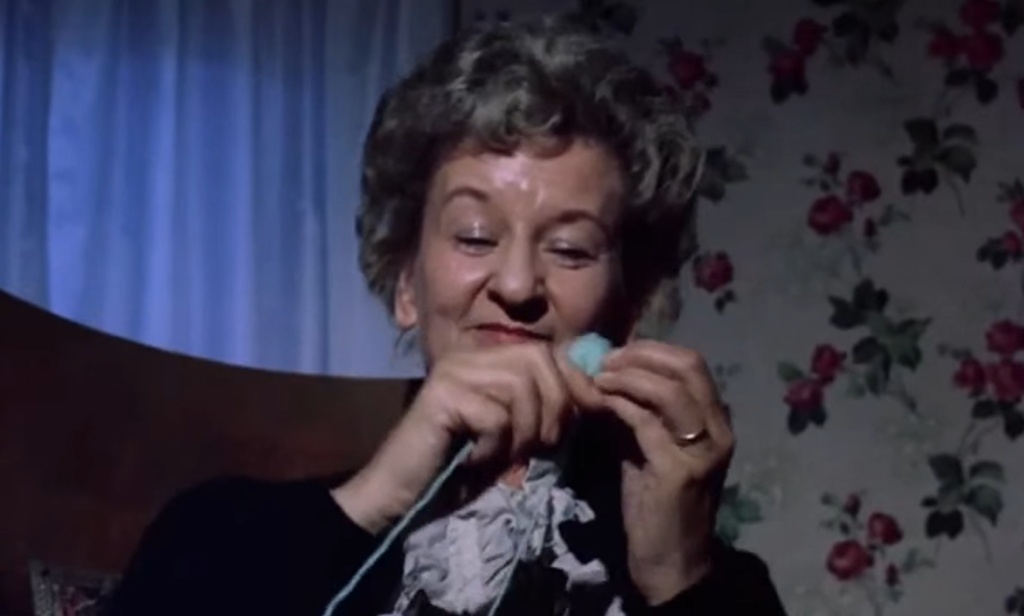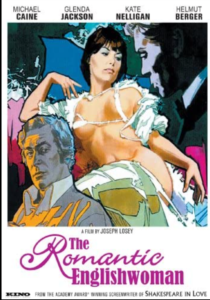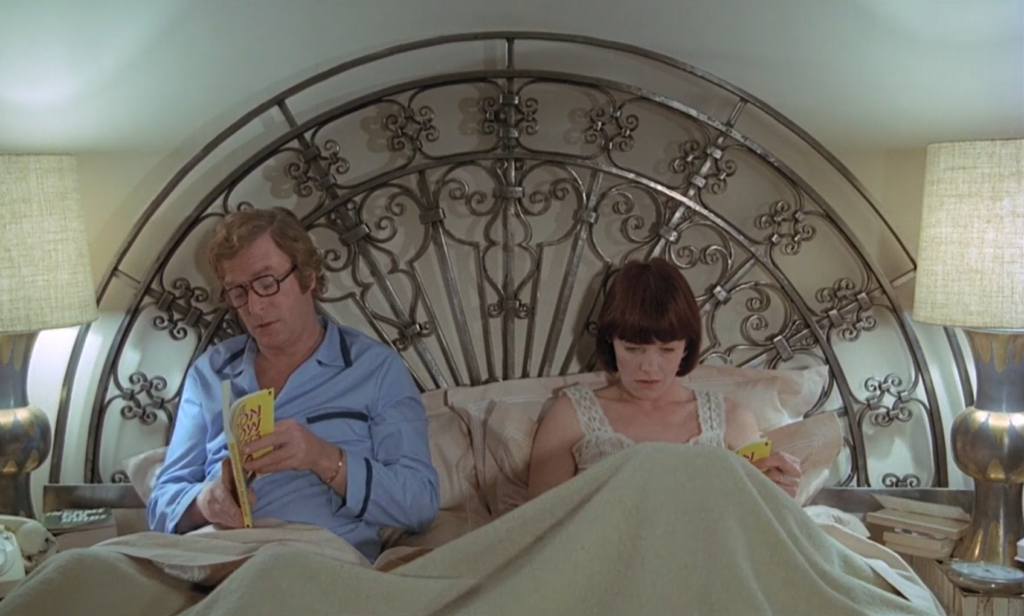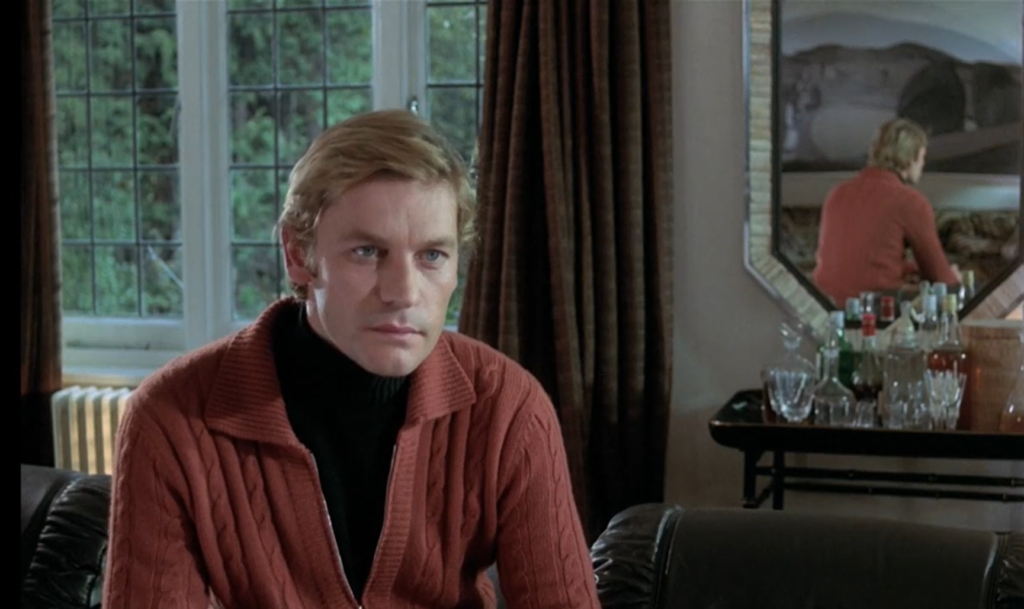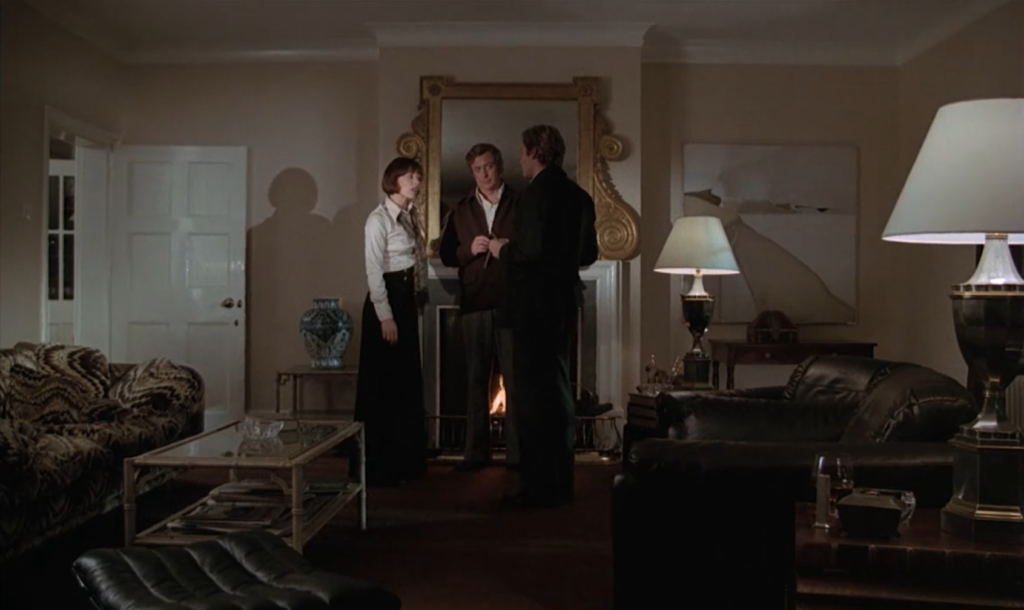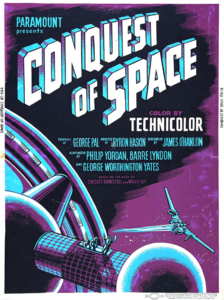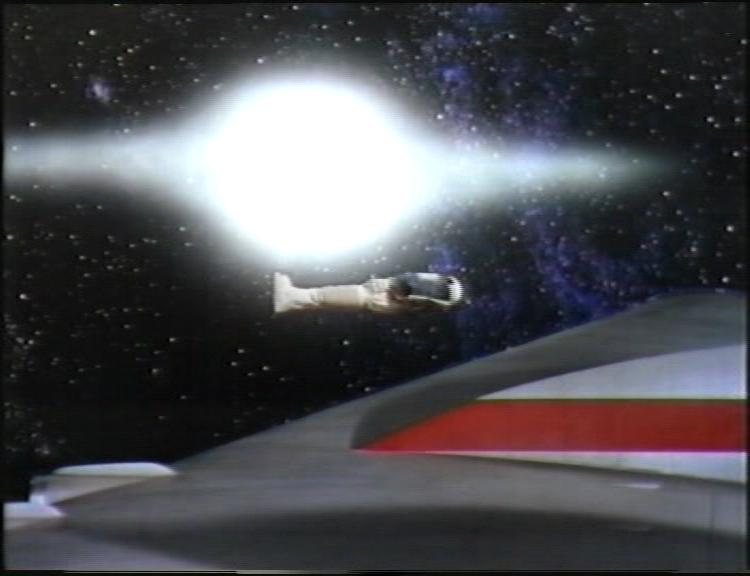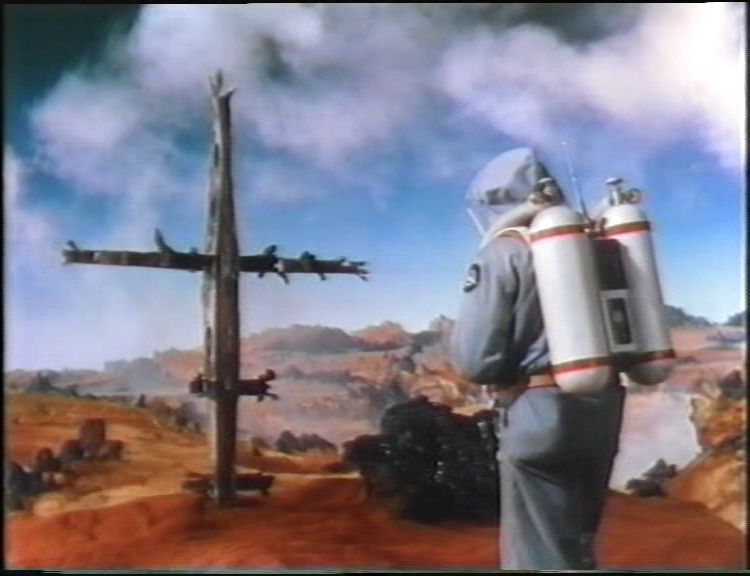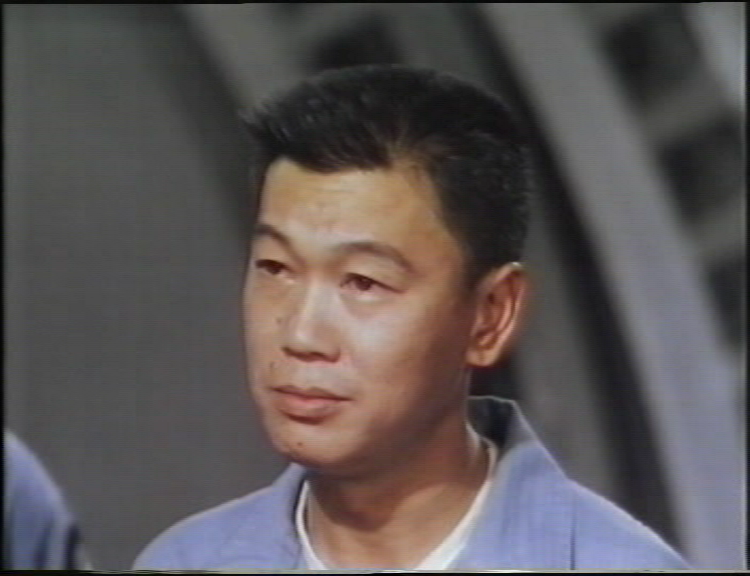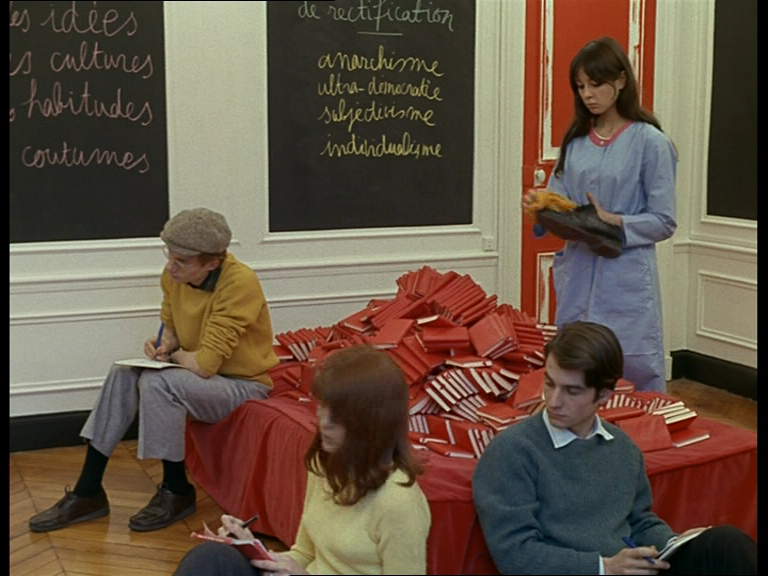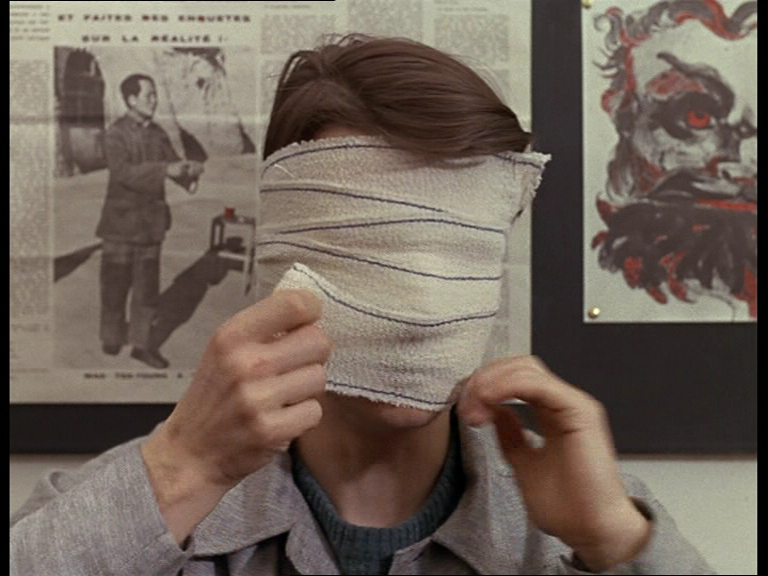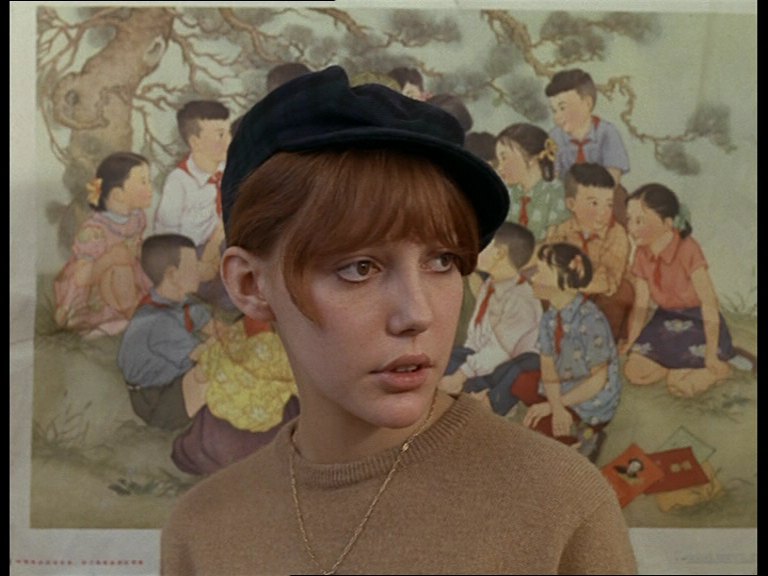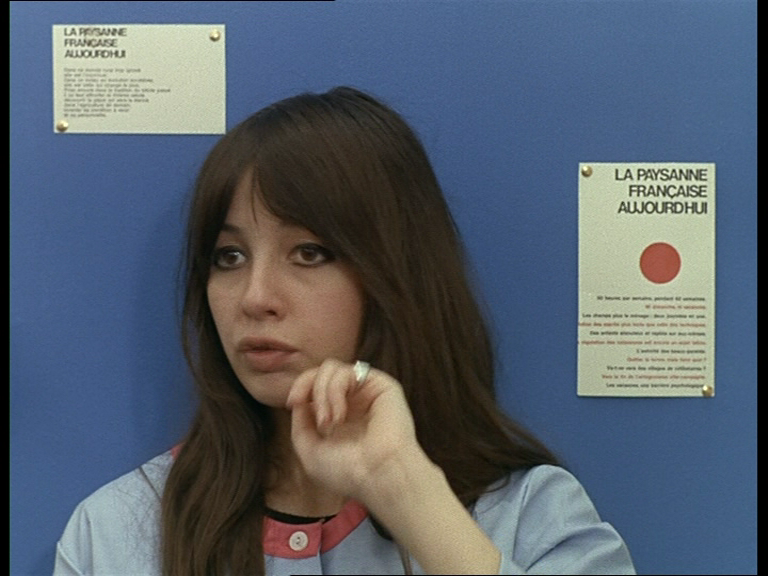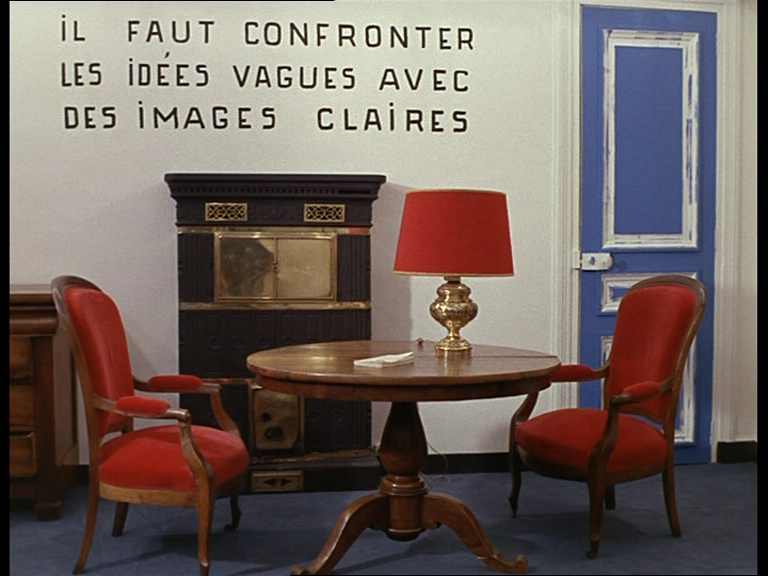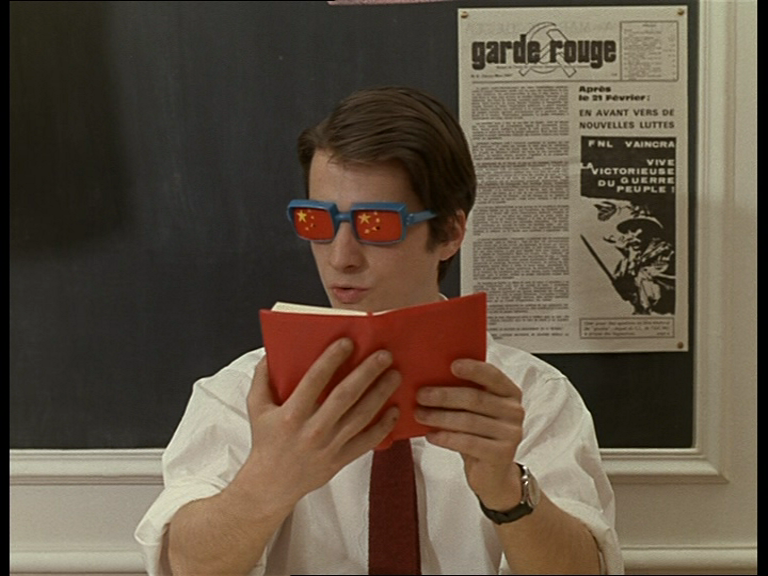|
Genres, Themes, Actors, and Directors:
- Character Arc
- Death and Dying
- French Films
Review:
Agnes Varda — the only woman associated with the French New Wave movement — isn’t nearly as renowned as her male compatriots, but remains an essential part of cinematic history. Her first feature-length film, Cleo From 5 to 7, is likely also her best-known: starring Corinne Marchand (who resembles a svelte Anna Nicole Smith) it tells the nearly-real-time story of a self-absorbed singer who undergoes a subtle shift in attitude while waiting to hear potentially devastating news from her doctor.
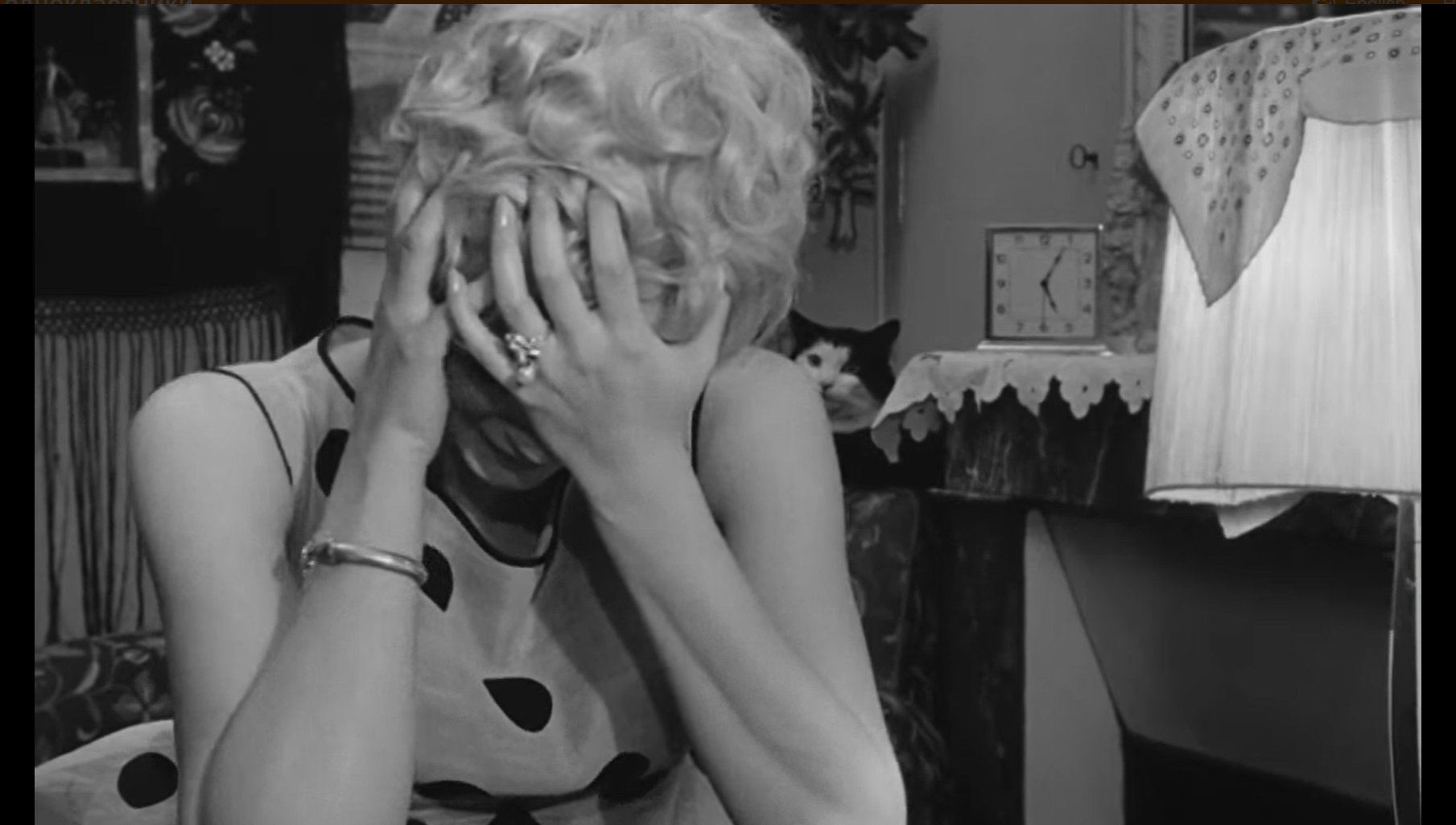
Cleo (a stage name, short for “Cleopatra”) is clearly a pampered woman, someone who is inordinately obsessed with her own appearance and self-worth; early in the film, she petulantly demands that a taxi driver turn off the radio when one of her hit songs is on (complaining about its technical quality):

… then later, in a cafe, punches her song into the jukebox machine and pouts when no one seems to be listening.
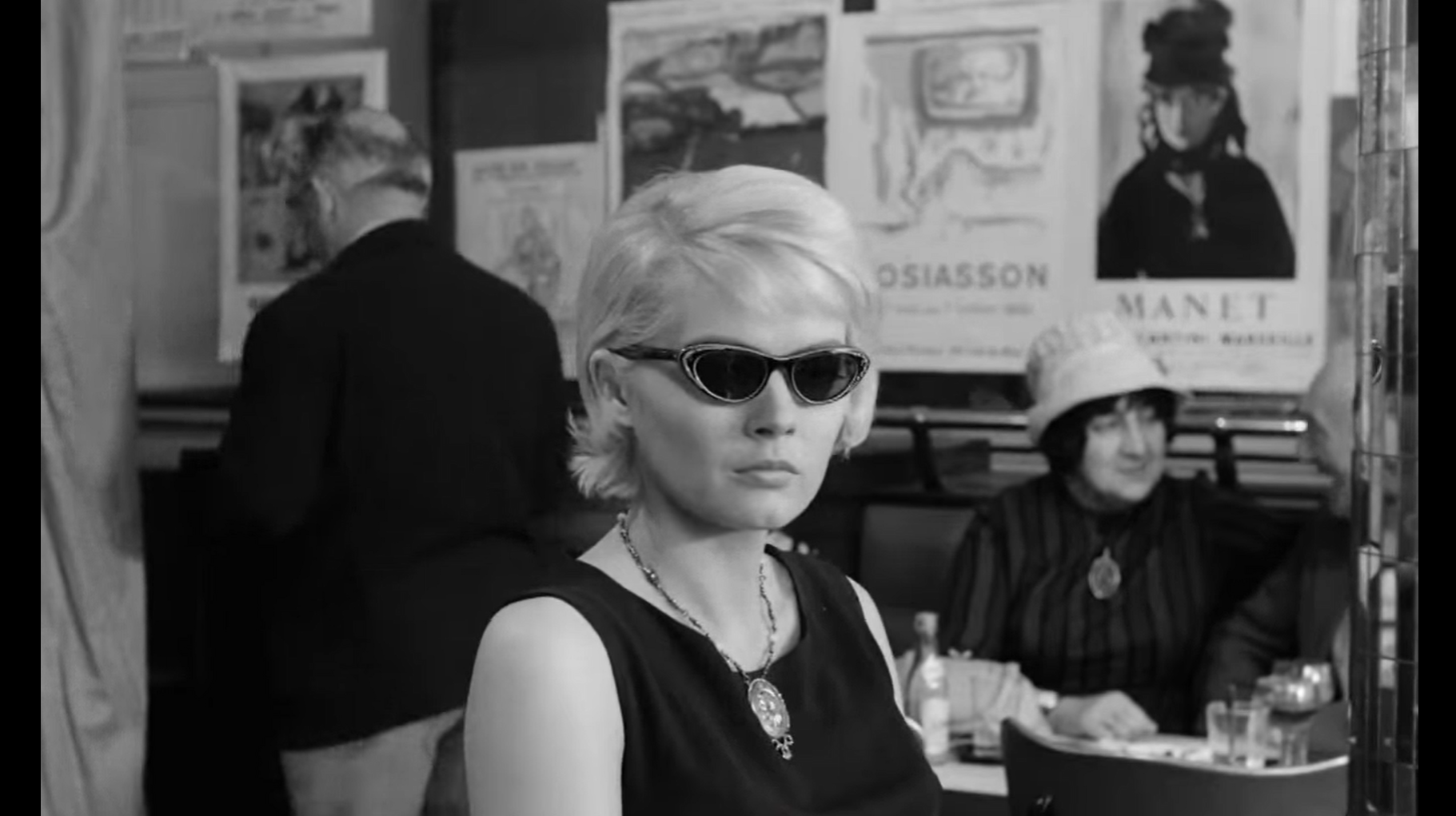
In essence, she’s not a very likable protagonist, and this is the film’s primary fault — despite Cleo’s potentially life-threatening disease, we never feel much sympathy for her, and can’t help wondering whether the entire affair is simply a psychosomatic plea for attention.
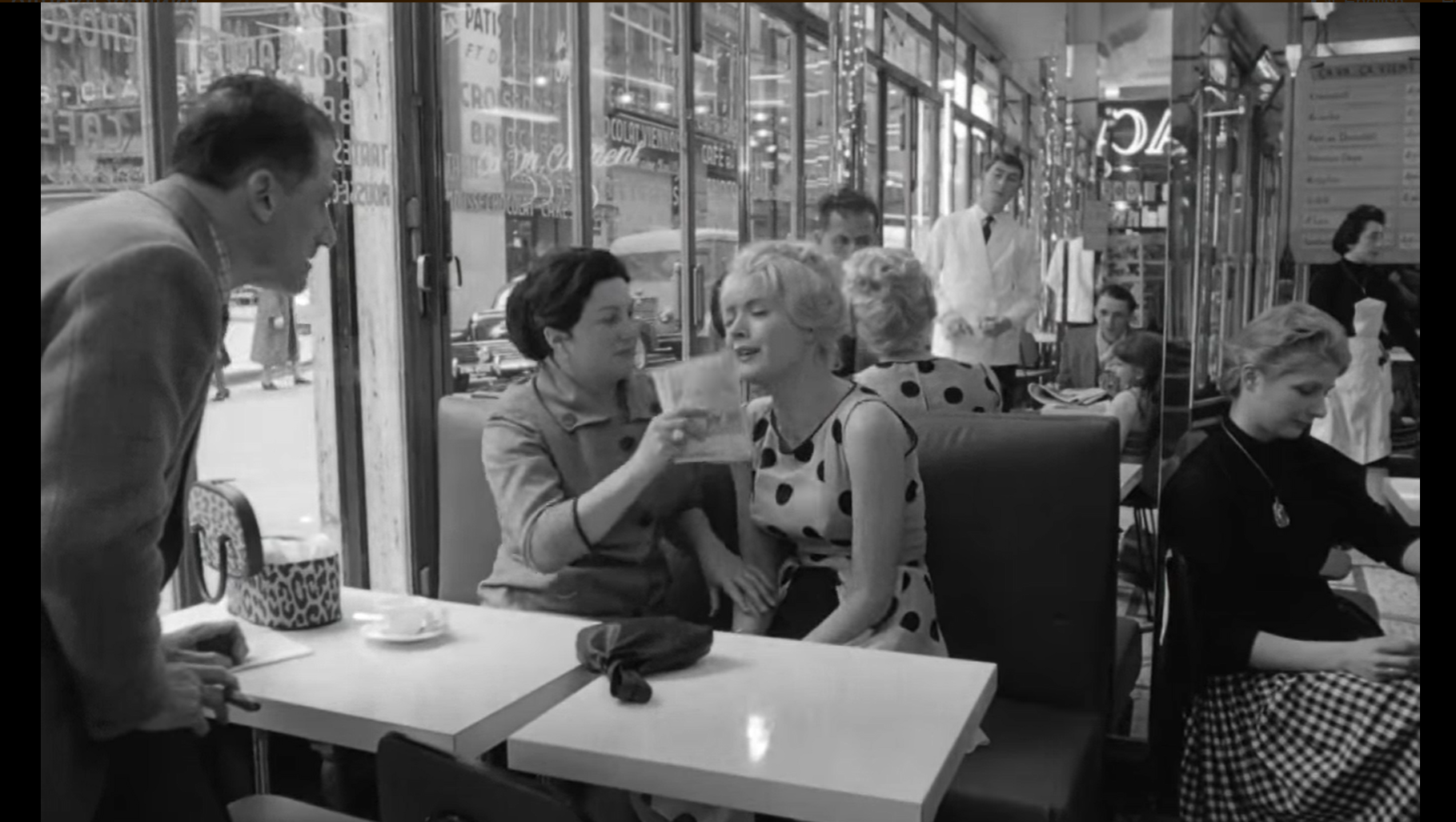
Over the course of the film, Cleo evolves ever so slightly, even taking off her fancy hairpiece and allowing a strange soldier to flirt with her and learn her real name:

By this time, however, it’s too late, and one leaves the film with more memories of Cleo’s excursions throughout Paris than of Cleo herself.
Redeeming Qualities and Moments:
- Fine cinematography

- The opening tarot card sequence (in color)
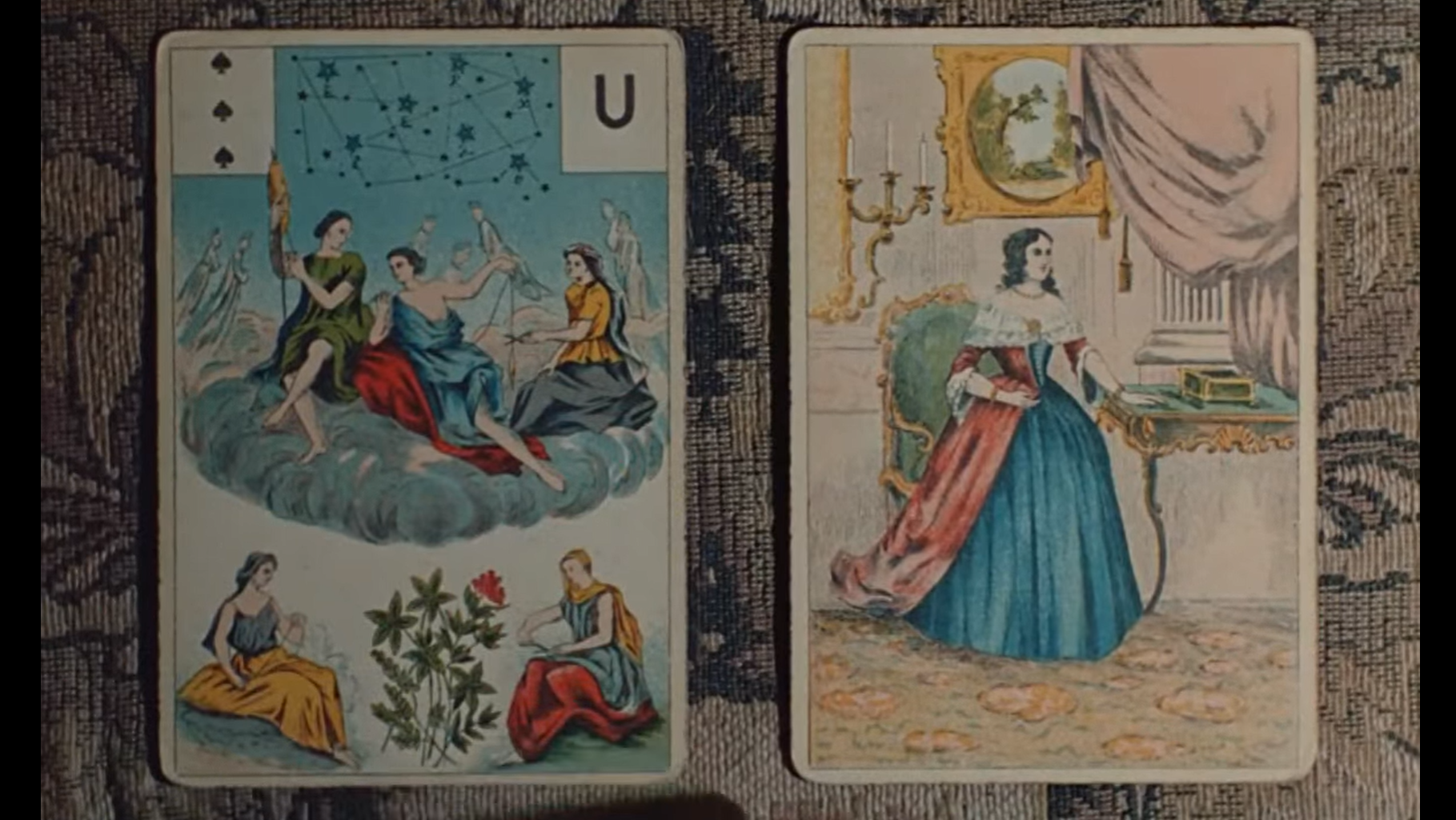
- Cleo performing a heartfelt song
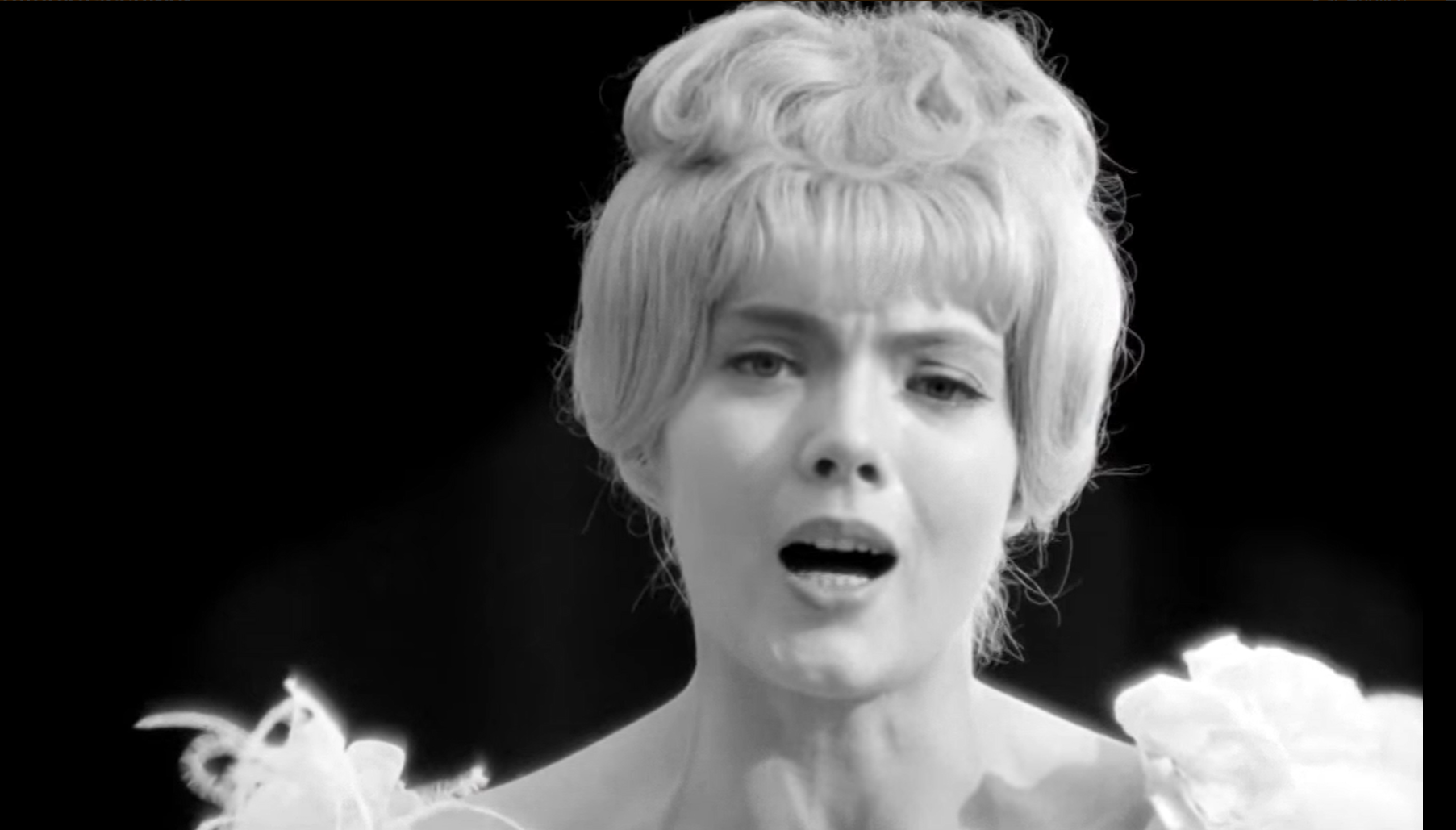
- Cleo’s encounter in the park with a talkative soldier
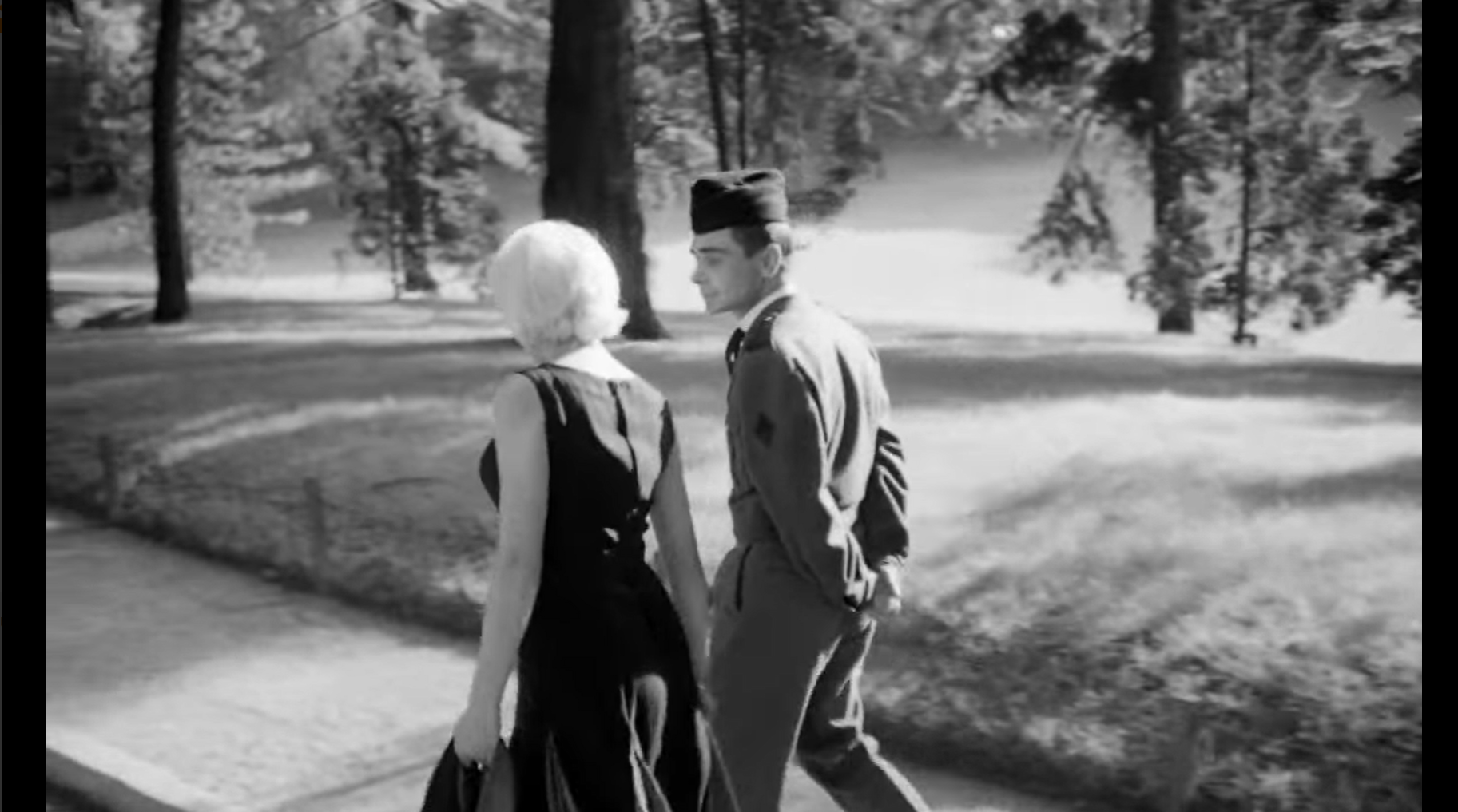
- Michel Legrand’s musical score
Must See?
Yes, for its historical importance as Varda’s first feature film.
Categories
- Historically Relevant
- Important Director
(Listed in 1001 Movies You Must See Before You Die)
Links:
|
